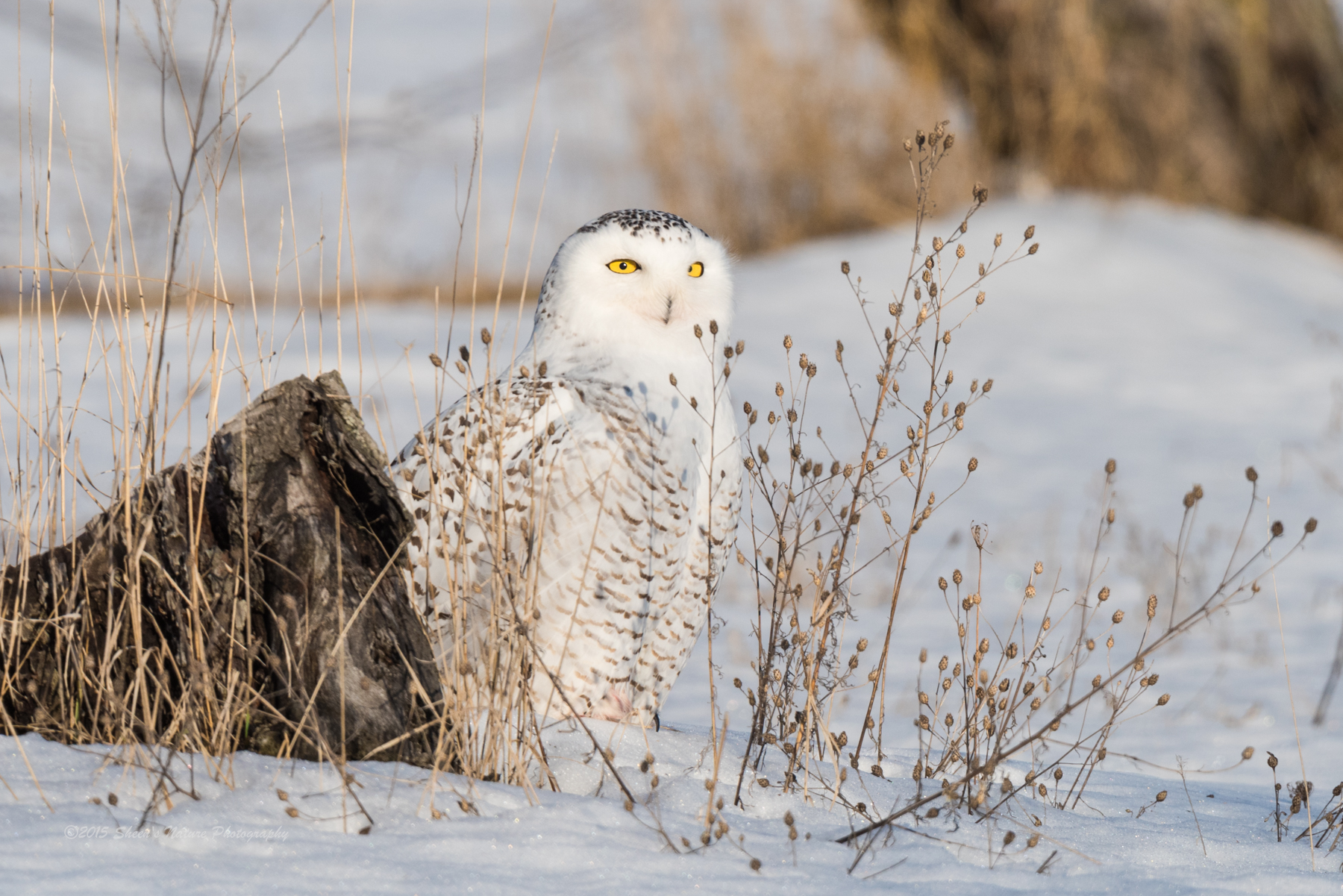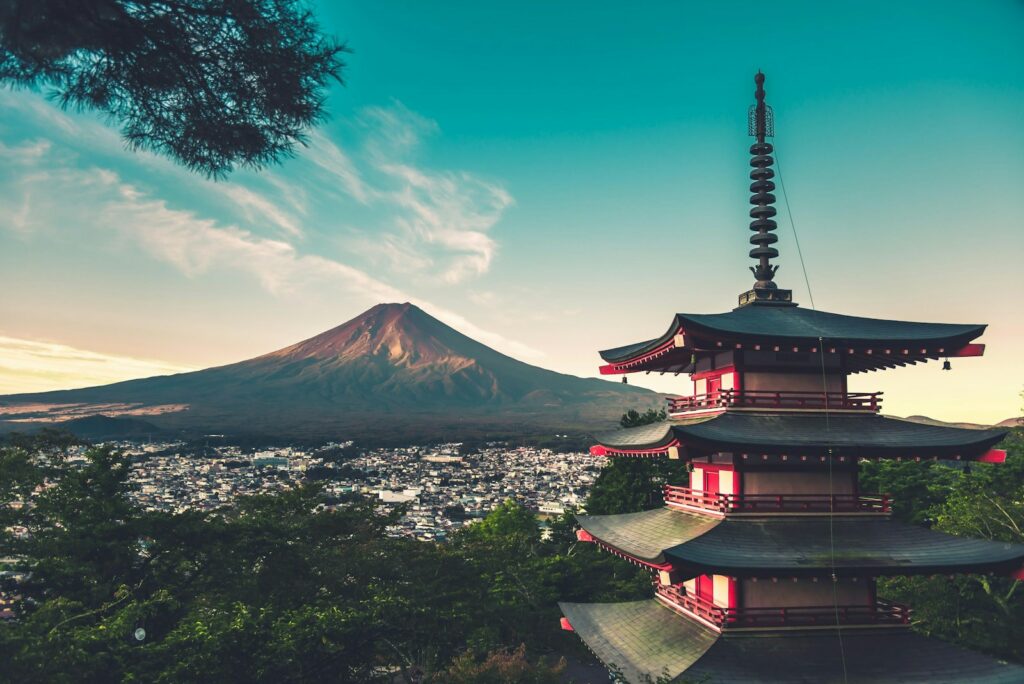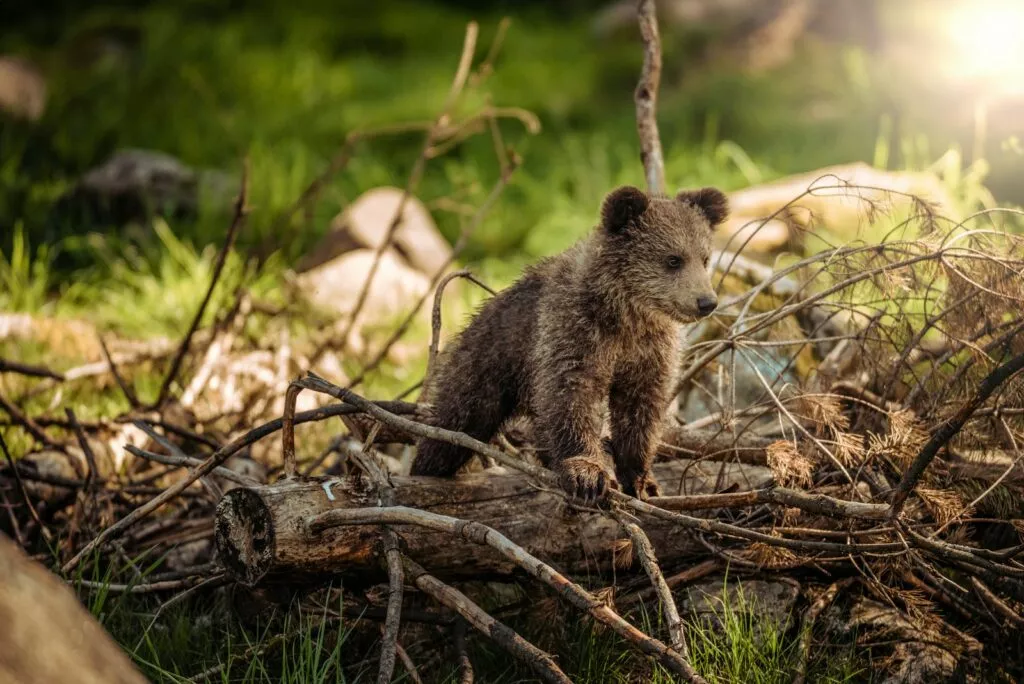Got a Great Photography Blog Up and Running Yet?
Here are some questions for you to consider (and answer), straight off the bat:
- When was the last time you considered creating a Photography Blog?
- What kept you from moving forward with the idea?
- Do you have the time to write and create a blog on a regular basis?
If you're like most, your initial response is probably a resounding “No, I don't have the time”. If you have a particular interest, this article is designed to share some of the advantages of having a blog, along with some tips to engage and grow your audience – without a significant investment of time (that's the great part, right?).

Before we start, if you're already blogging and have a decent setup but want to take it further whether financially or to increase your visitors, why not check out this Web Marketing Collection by Zach Prez. It WILL help you to create an Online Business or just give your site the extra boost it really deserves!
1. What is a Photography Blog?
A photography blog is the use of content that is centered around images versus a significant amount of text. Some amount of text is typically included to support the story or message in the photographs. For example, if your blog is instructional, the content may include an overview of:
- The thought process behind the composition
- Tips and tools applied in the image
- Settings
- The inspiration that led you to capture the moment
Photography blogging spans all types of photography – here's a few:
- Architecture
- Travel – locations and reviews
- Wildlife & activism
- Street photography & stories
- Night life
- Food photography
2. The Big Advantages Of Having A Photography Blog
Connecting: A photography blog is an effective way to connect with others who share similar interests and views. Blogs are another way to promote your work to build your personal photography brand. A photography blog is also a way of sharing your work that can make you more engaging and connected with your audience.
Efficient Use of Time: Another advantage of a photography blog is that it doesn't require a significant amount of time as the images provide the framework supported by some text.
With today's surplus of engaging and educational content, link to other blogs and articles support your message versus recreating the wheel. To the reader, you're offering access and reach to information they appreciate and use. By providing good information on a regular basis that's easy to view and understand, followers will increase over time.
In today's fast-paced world, quick read photography blogs also resonate with our short attention spans.
Broaden Your Reach: Your current Social Media sources, from Facebook or a Facebook business page, Google, twitter, Flickr, Pinterest compliment your blog and vice versa.
Blogs send people to your other pages and your pages can send followers to your blog. It's a method of expanding your reach.
It enhances Your Own Knowledge & Creativity – Blogging forces you to think, to delve into your thought process and to do some research. With research comes knowledge that is applied to your everyday photography and writing.
$$$ Offers a Potential Way to Earn Money – As both a photographer and blogger, there are opportunities to supplement your income. Professional photography blog sites continually search for good talent that's reflective of their information sharing strategy.
It's Fun: Maintaining a blog is enjoyable. You determine the content, the commitment and schedule.
One second. Don't forget you can check out this amazing Web Marketing Collection by Zach Prez – helping you to create an Online Business from your blog (or soon to be blog) or, just give your photohraphy site the extra boost it really deserves!
3. Quick Tips to Engage & Grow Your Audience
Write with emotion – If you don't feel anything, neither will your audience. If the subject is upbeat, the images, the text should consistently reflect the tone throughout that given blog.
Emotion is not conveyed with exclamation marks and emoticons. Instead, describe the moment, the details, the reactions. It's better to share your message with a couple of pointed sentences versus a long paragraph.
Here are two different descriptions of the photo below – which one interests you more?
Version 1. The snowy owl was standing near a stump in the orchard when I took the photograph on a chilly morning. Her golden eyes sparkled. I focused on her eye.
Version 2. The orchard's snow covered ground camouflaged the elusive snowy owl. My focal point was her steady, golden gaze. She reminded me of a curious cat getting ready to pounce.
Use Catchy Titles – the first thing the viewer will see on your blog is the title of the article. Make it interesting so that they will want to read more.
Use a Consistent “Brand” Name(s) – If possible, Twitter, Facebook, Instagram, Pinterest accounts should have the same or very close names. My photography business started out as Sheen's Nature Photography. As that was too long for Twitter and other user apps, I used swnaturephoto.
Over the course of time, they have become entwined along with my name. When someone types one of the three (name, user_id or business name) in a search engine text box my pages will pop up.
Link your blog to your Facebook, website, Instagram, Twitter and other accounts – Linking all of your sites to each other creates awareness and simplifies promoting your work across social media.
Use Hashtags # – Include hashtags to add another method for finding your work/topic. This is another small action that helps when pushing your links to Twitter, Instagram and other sites.
Reference other's work – Flickr's Creative Commons licensing allows photographers and those seeking photographs to use images in articles and even commercially.
Even when not required, always give the photographer credit. It's polite, they appreciate it, and by default, you'll broaden your network.
Link to Other Articles – It's not uncommon in blogging to feel the need to share the details, the facts. Remember that it's a blog, not photojournalism. Instead of providing too much detail, less can be more.
Provide links to other articles that support your topic. Your article becomes beefier, concise, but with links for reference points.
Provide Links to Your Articles – Don't forget to post a link to your blog on a social media site, providing an intro statement or an action-oriented question is also an attention getter.
4. Some Cool Photography Bloggers & Sites for Inspiration
Anne McKinnell
Jeff Bartlett
Top 25 Female Photographer Bloggers to Follow in 2015
the Top 20 Most Influential Photographer Bloggers
How to Get Started
Many web hosting sites have blogging capabilities built in. There are also blog hosting sites. Blogs platforms, such as Blogspot and others can be easily integrated into your website as you build out your portfolio of social media sharing.
I started with Blogspot which can be accessed directly or via my website (linked the blog using my website platform).
The question is, do you have to have a photography blog in order to be successful across social media? No, of course not. However, having a blog is fun and provides another level of engagement for you and your followers.
Wanna take your blog further than the rest? We've got an amazing Web Marketing Collection by Zach Prez, just for you. Check it out, go on.
Further Resources
- How to Start a Photography Blog That Rocks by Light Stalking
- How to Optimize Images For Social Media by Dzvonko Petrovski
- Breaking into the Business of Photography by Light Stalking






